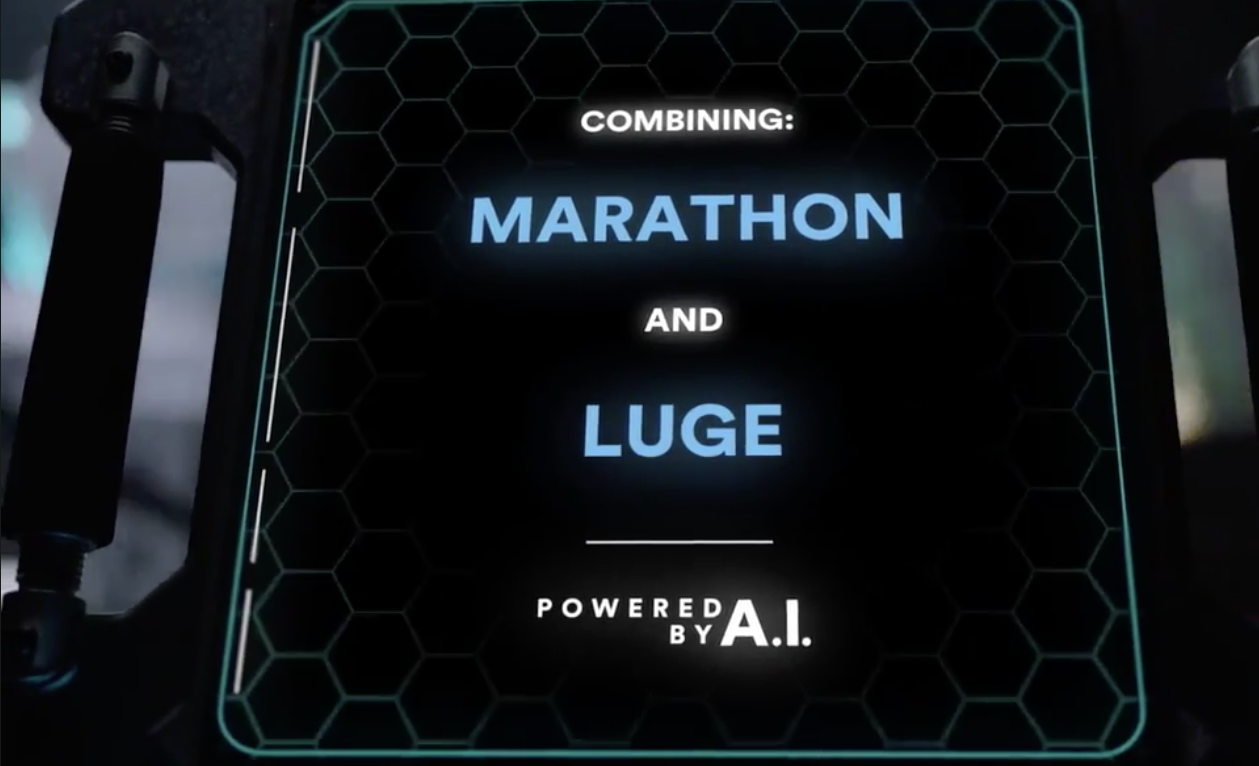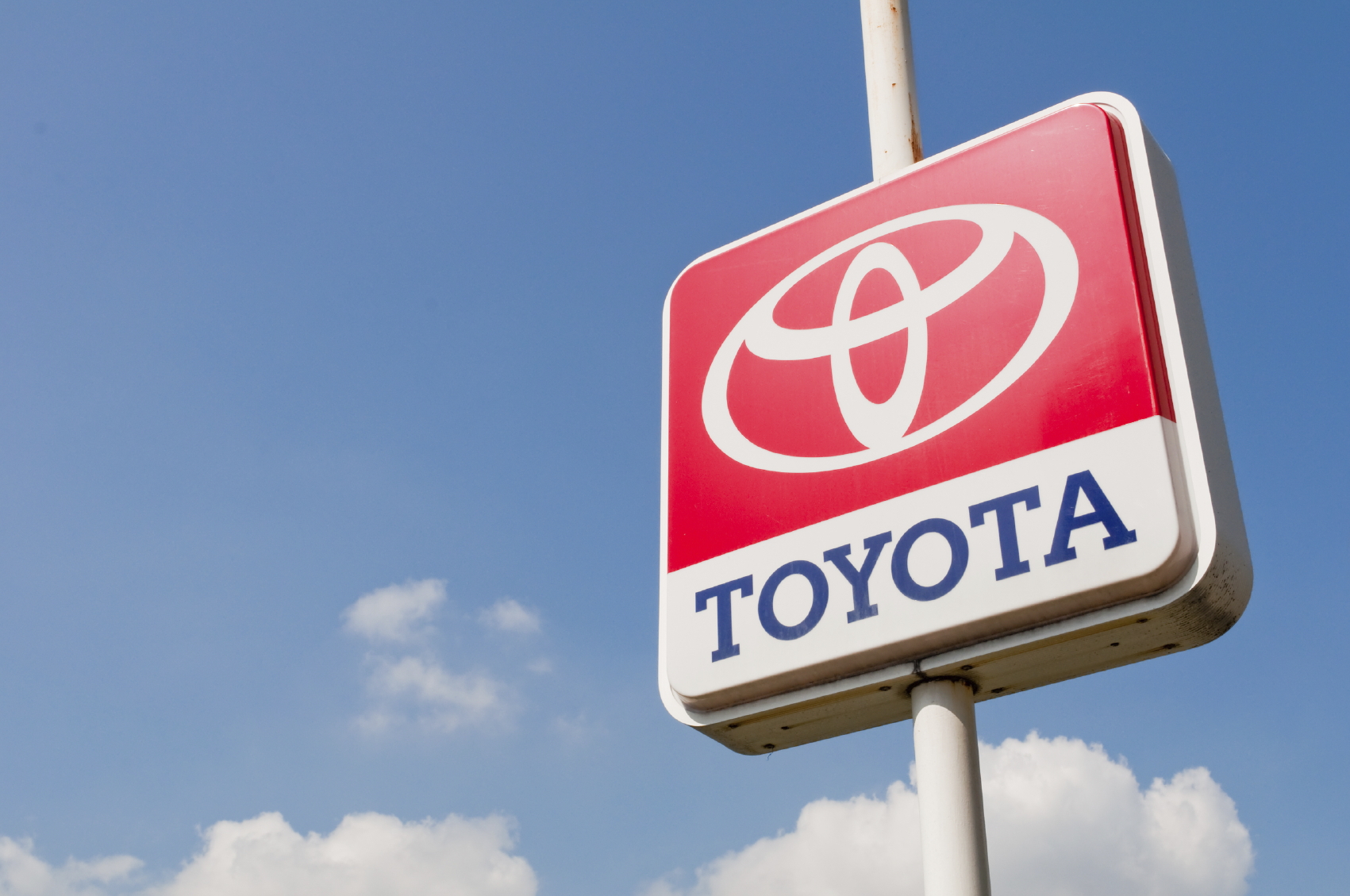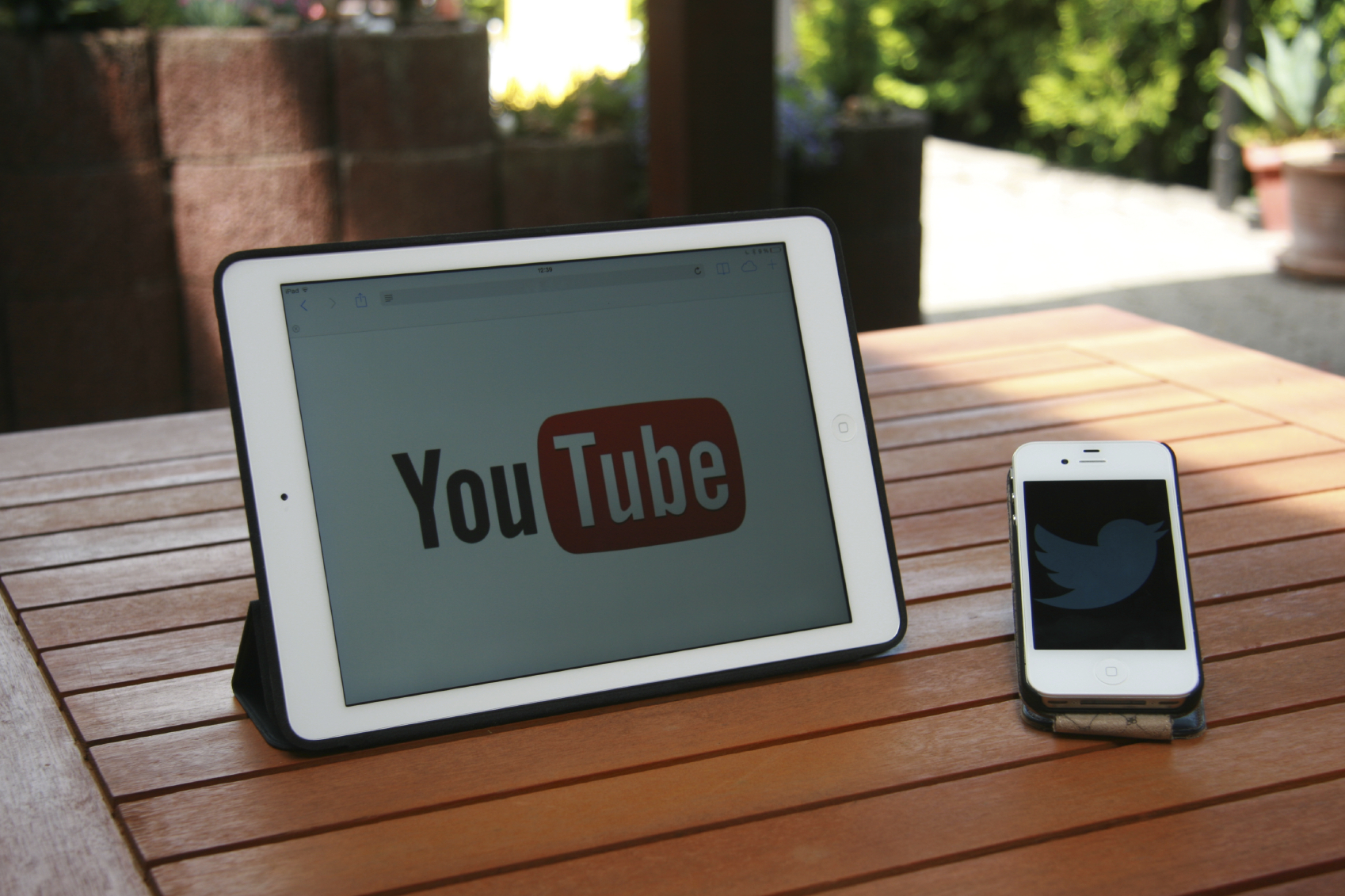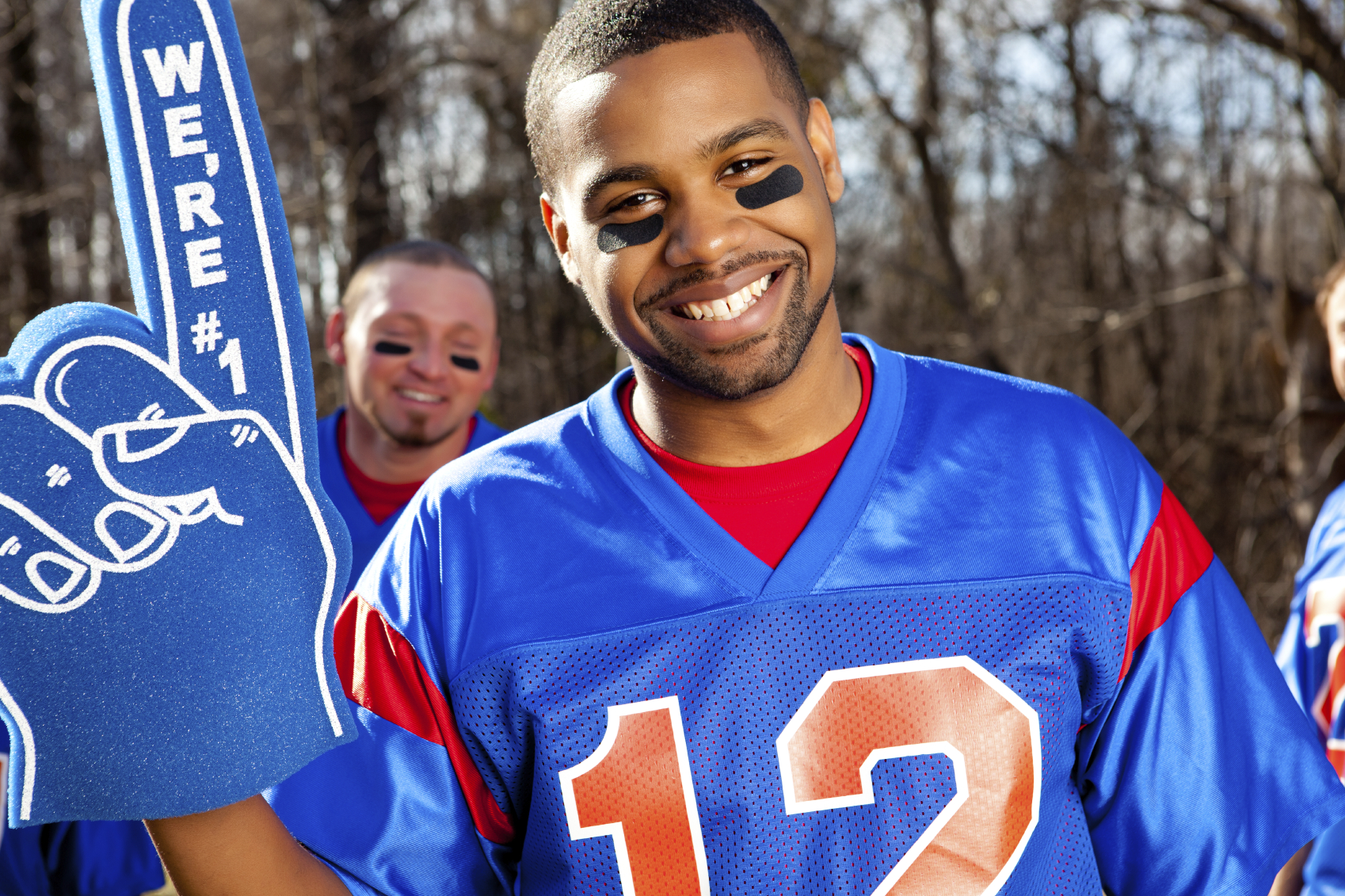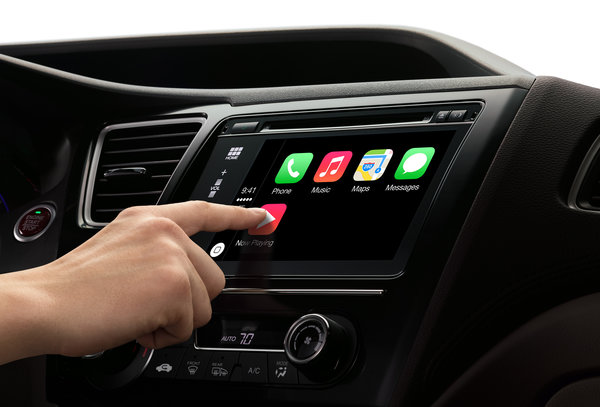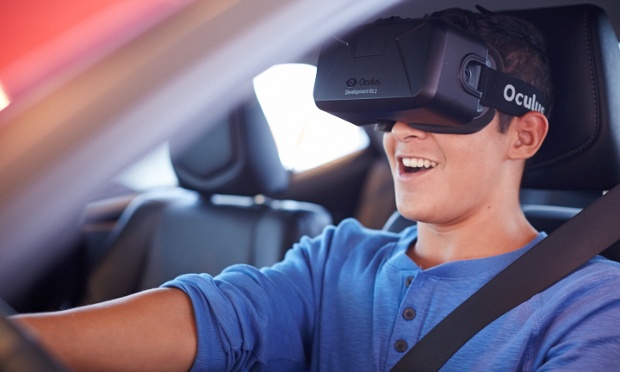What Happened
Toyota is the latest brand to use IBM’s machine learning program Watson to aid its marketing campaign. To promote its Rav4 Crossover SUV model, the auto brand worked with agency Saatchi & Saatchi Los Angeles to create an interesting digital video campaign built around the idea of encouraging people to crossover and try something new. They supplied Watson with the world’s top 1,000 activities — such as biking, dancing, and cooking — and asked Watson to pair two activities that are rarely associated. The agency then used the Watson-generated pairings to create 300 unique videos, which are being targeted at users on Facebook and Instagram based on the activities they already enjoy doing. For example, a Pilate-lover will see a video spot that suggests they try cosplaying while a kick-boxing enthusiasts may get bird-watching.
What Brands Need To Do
This is a fun, if a bit trite, application of machine learning in marketing campaigns. It provides the agency with some interesting pairings to use for their creatives and, perhaps more importantly, gives the campaign an intriguing, powered-by-A.I. hook. As we pointed out in our CES trend recap, machine learning and artificial intelligence will start to make a strong impact in marketing by powering conversational services and next-level personalizations. Brands need to start identifying the kind of unique dataset that they own and feed it into machine learning services to either learn more about their customers or deliver a more personalized customer experience.
Source: AdAge
